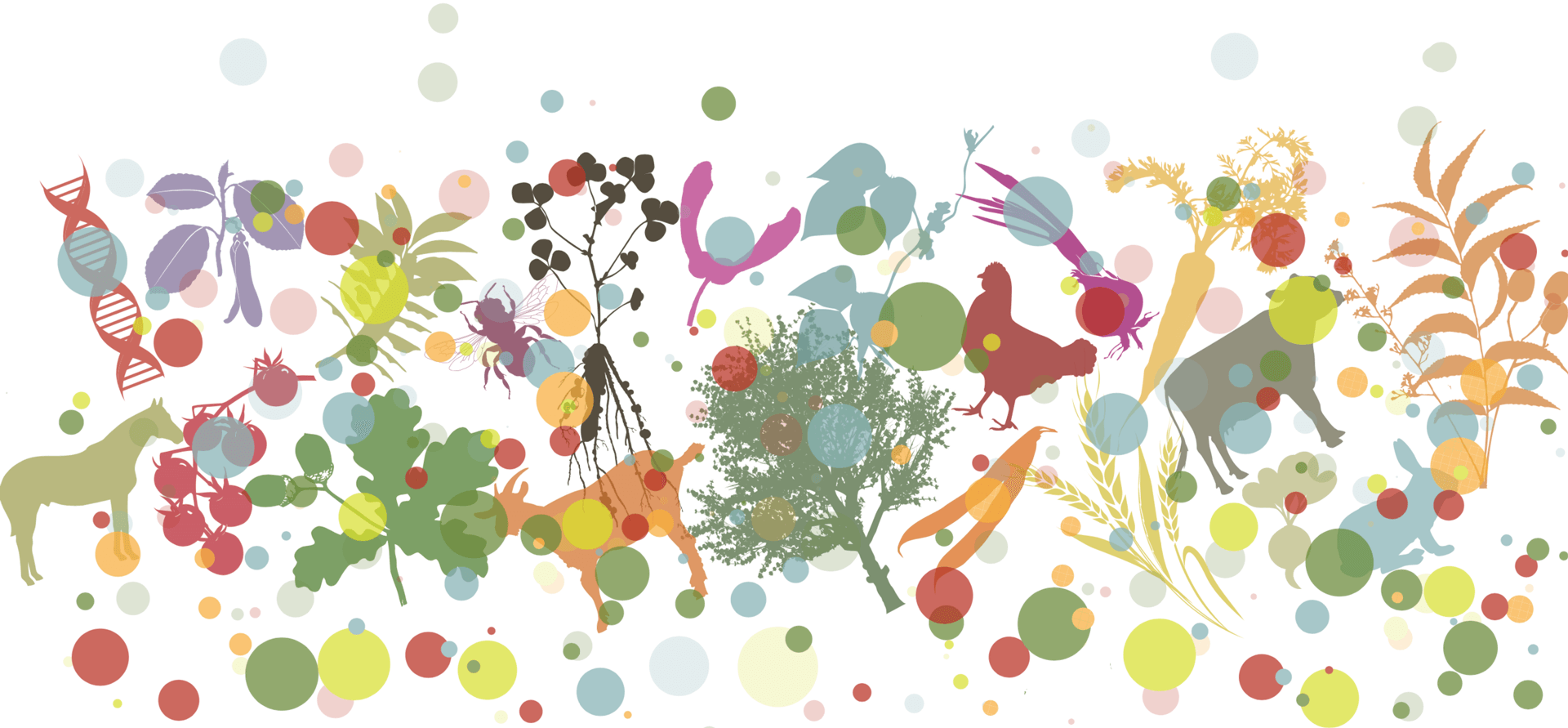Conservation status of Creole sheep flocks in Brazil
Main Article Content
Abstract
Article Details

This work is licensed under a Creative Commons Attribution 4.0 International License.
Authors retain copyright of the articles published in Genetic Resources and grant the journal right of first publication with open access. All articles published in Genetic Resource are licensed under Creative Commons Attribution 4.0 International License (CC BY 4.0) that allows others to download, share and adapt the work for commercial and non-commercial purposes as long as proper attribution to the original article is given. Genetic Resources permits and encourages authors to post items submitted to the journal (including the publisher's final layout) on personal websites or institutional repositories after acceptance and/or publication, while providing bibliographic details that credit their publication in Genetic Resources.
Alderson, L (2009). “Breed at risk: Definition and measurement of the factors which determine endangerment”. Livestock Science 123, pp. 23–27. DOI: https://doi.org/10.1016/j.livsci.2008.10.001.
Carson, A et al. (2009). “Geographical isolation of native sheep breeds in the UK - Evidence of endemism as a risk factor to genetic resources”. Livestock Science 123, pp. 288–299. DOI: https://doi.org/10.1016/j.livsci.2008.11.026.
Falling Rain Genomics (2007). “Global Gazetteer ver. 2.3, 1996-2017”. URL: http://www.fallingrain.com/world/BR.
FAO (2013). In vivo conservation of animal genetic resources. Vol. 14. FAO Animal Production and Health Guidelines. URL: https://www.fao.org/3/i3327e/i3327e00.htm.
FAO (2015). The Second Report on the State of the World’s Animal Genetic Resources for Food and Agriculture. Ed. by B D Scherf and D Pilling. FAO Commission on Genetic Resources for Food and Agriculture Assessments. Rome, p. 562. DOI: https://doi.org/10.4060/I4787E.
FAO (2021). Domestic animal diversity information system. URL: http://www.fao.org/dad-is/browse-by-country-and-species/en/.
Fernández, G (2000). “Situación de los recursos genéticos domésticos locales del Uruguay”. Archivos de Zootecnia 49, pp. 330–340.
Gonçalves, G L et al. (2010). “Mitochondrial and nuclear DNA analyses reveal population differentiation in Brazilian Creole sheep”. Animal Genetics 41, pp. 308–310. DOI: https://doi.org/10.1111/j.1365-2052.2009.01986.x.
Henkes, L E et al. (1993). “Genetic characterization of the Crioula Lanada sheep from Southern Brazil”. Revista Brasileira de Genética 16, pp. 449–455.
Hervé, E (1922). “Pecuária-agricultura: Ensino de agronomia e veterinária ”. In: O Rio Grande do Sul. Ed. by A R Costa. Vol. 1. Porto Alegre: Editorio Globo, pp. 27–40.
Matos, A J (2016). Ganho de peso de cordeiros da raça ovina Crioula em sistema de confinamento com utilização de farelo de arroz integral. Unpublished Bachelor’s Thesis.
Matos, A J (2020). “Cordeiro Crioulo surpreende no concurso de carcaças da Agrovino”. Revista Arco 25, pp. 55–56.
Matos, A J (2021). “Cordeiro cruza Crioula-Suffolk vence na categoria “Cruzamentos Orientados” no concurso de carcaças da Agrovino”. Revista Arco 28, pp. 34–34.
McManus, C et al. (2014). “Geographical distribution of sheep breeds in Brazil and their relationship with climatic and environmental factors as risk classification for conservation”. Brazilian Journal of Science and Technology 1(3). DOI: https://doi.org/10.1186/2196-288X-1-3.
Mernies, B et al. (2007). “Índices zoométricos en una muestra de ovejas criollas uruguayas”. Archivos de Zootecnia 56, pp. 473–478. URL: https://www.redalyc.org/pdf/495/49509918.pdf.
Moreira, G R P et al. (2021). Raça ovina crioula: Variação morfológica e classificação em vinte anos de Expointer. Porto Alegre: Forma Diagramação, 214pp.
Oliveira, M G (2016). Características quantitativas e qualitativas da carcaça de cordeiros da raça ovina Crioula em confinamento. Unpublished Bachelor’s Thesis.
Peña, S, G A López, et al. (2015). “Avances em la caracterización zootécnica de la raza ovina Criolla Argentina. ” Revista de Divulgación Técnica Agropecuaria 2, pp. 11–20. URL: https://revistafcaunlz.gramaweb.com.ar/2015/03/.
Peña, S, G Lopez, et al. (2013). “Características zoométricas de ovinos criollos de cuatro regiones de la Argentina”. Actas Iberoamericanas de Conservación Animal 3, pp. 174–181. URL: https://aicarevista.jimdo.com/n%C3%83%C2%BAmeros/vol%C3%83%C2%BAmen- 3-2013/.
Silva, A P S P et al. (2013). “Ovinocultura do Rio Grande do Sul: Descrição do sistema produtivo e dos principais aspectos sanitários e reprodutivos”. Pesquisa Veterinaria Brasileira 33, pp. 1453–1458. DOI: https://doi.org/10.1590/S0100-736X2013001200010.
Silva, M C et al. (2013). “Morphometric traits in Crioula Lanada ewes in Southern Brazil”. Small Ruminant Research 110, pp. 15–19. DOI: http://dx.doi.org/10.1016/j.smallrumres.2012.09.002.
Trierweiler, A C (2021). “O coxinilho”. Revista Arco 29, pp. 66–67.
Vaz, C M S L (2000). Morfologia e aptidão da ovelha crioula lanada. Bagé, State of Rio Grande do Sul, Brazil. URL: http://www.infoteca.cnptia.embrapa.br/infoteca/handle/doc/227035.
Vaz, C M S L, F P Medeiros, and G R P Moreira (2002). “Padrão racial da ovelha crioula”. Boletim Informativo ABCOC 1, pp. 2–5.
Vaz, C M S L, G R P Moreira, and J E M A Caon (2003). “O registro de uma raça: Da ovelha crioula à homologação da raça ovina crioula”. Boletim Informativo ABCOC 4, pp. 5–8.







 This journal has been conceived as part of the
This journal has been conceived as part of the